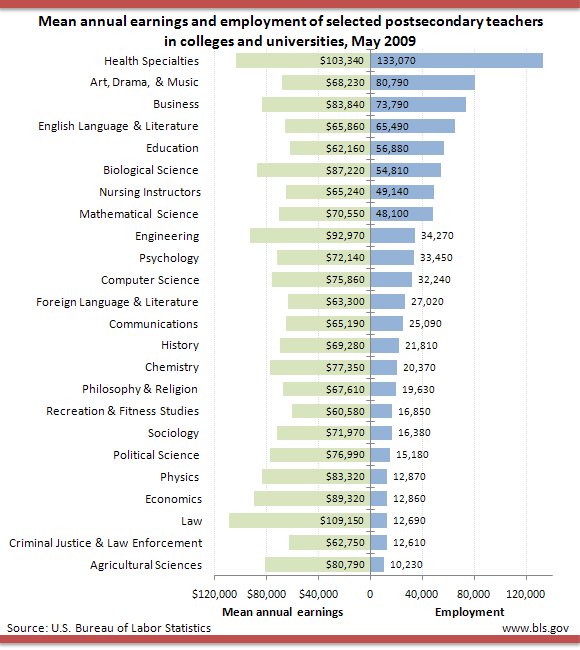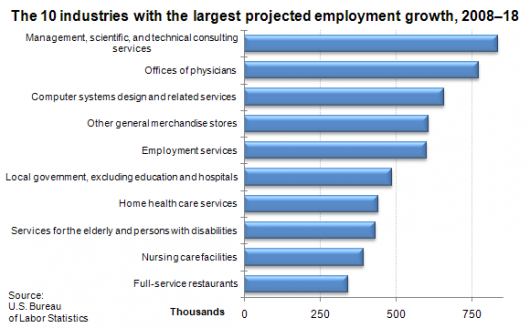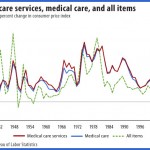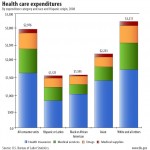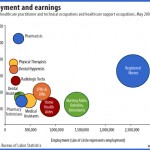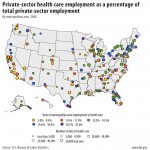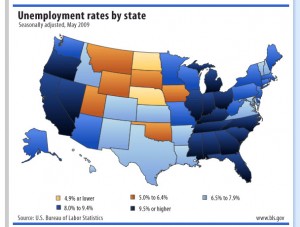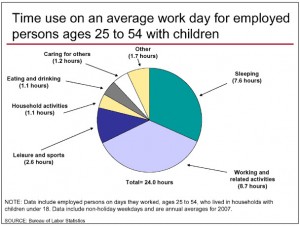
It’s happened: the Federal government has shut down.
For those of you doing research today, you may start to encounter a screen that looks a lot like this one:
Because of the shutdown, many websites funded by the federal government are currently also down, including statistical organization websites, public sites, blogs, online surveys, and more. Many of them are used by UST researchers on a regular basis.
Below is a list of websites linked to on our subject guides that we currently know of that have been affected; we will try to keep it up-to-date with anything new we discover.
If you would like assistance finding alternative resources for your research, please feel free to contact any UST Librarian.
| Resource | Status |
| American Community Survey | Shutdown |
| American Factfinder | Shutdown |
| Bureau of Labor Statistics (including Consumer Expenditure Survey) | Up, but not being updated |
| Census Bureau | Shutdown |
| Department of Energy | Up, but not being updated |
| Educational Resources Information Center (ERIC) | Website is down, but content is still available via the ERIC database (EBSCO-owned). No new data is being uploaded to EBSCO. |
| Fedstats | Shutdown |
| Library of Congress | Shutdown – Interlibrary Loan will also NOT be available from any federal library, which could potentially cause delays |
| National Center for Education Statistics | Shutdown |
| PubMed | Up, but not being updated |
| United States Department of Agriculture (USDA) | Shutdown |
| United States Geological Survey (USGS) | Main site shutdown; some critical subsites still live |
Archived versions of these websites can all be viewed on the WayBack Machine (waybackmachine.org). Other options for alternative sources of information can be seen on this list compiled by the Pew Research Center.
More information about the shutdown and available government services can be found at USA.gov.

